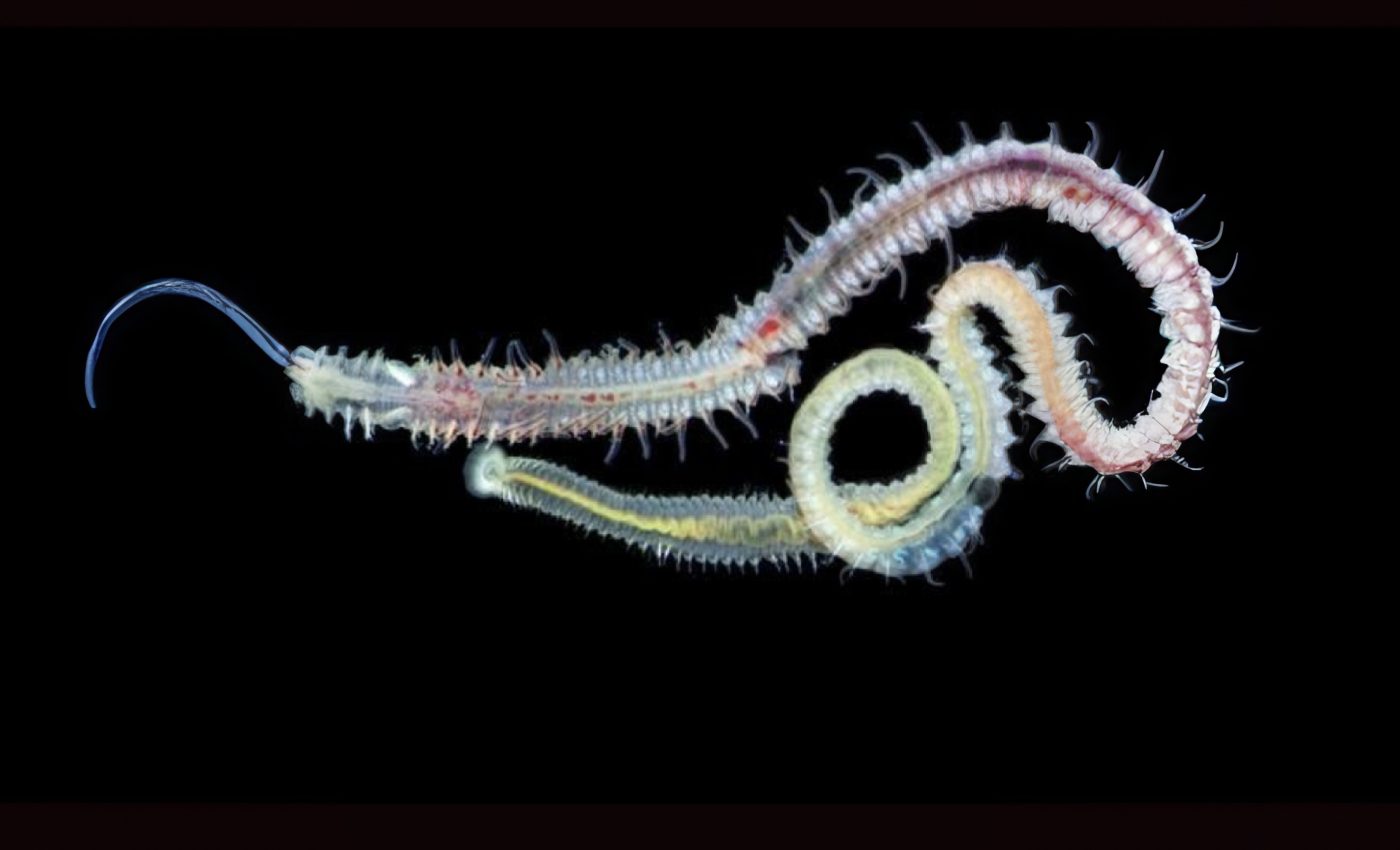
Ancient parasite still infects oysters after half a billion years
We usually think of parasites as modern pests – annoying bugs, microbes, or tiny worms that mess with life today. But it turns out one of them has been around much longer than anyone expected.
A team of scientists has found proof that a parasite still troubling oysters today was already up to its old tricks nearly half a billion years ago.
Odd signatures in fossilized shells
The researchers weren’t hunting for parasites. They were studying ancient sea life trapped in fossil beds in Morocco, where 480-million-year-old shells are preserved with amazing detail.
What they found instead were a bunch of strange markings – shapes that looked like tiny question marks – scratched into and buried inside the fossilized shells.
Nobody could figure out what made them at first. But the shape was too exact, too repetitive to be random. There were seven or eight of these marks on each fossil. Something was leaving its signature behind.
The oyster parasite that never left
Eventually, the mystery started to clear. The marks matched something familiar – not from the past, but from today’s oceans.
Scientists realized these were left by a soft-bodied marine worm, still alive and causing problems now.
The worm belongs to a group called spionids. These bristle worms don’t eat the animals themselves, but they attach to the shells of bivalves like oysters and mussels, digging in just enough to hold on and grow.
“They parasitize the shells of bivalves like oysters, not the flesh of the animals themselves,” said Karma Nanglu, a UC Riverside paleobiologist who led the research. “But damaging their shells may increase oyster death rates.”
That damage adds up, especially in fisheries where shell strength can make or break survival. In fact, this same parasite is still causing losses for commercial oyster farms.
When the ocean became more intense
The fossils belonged to an early ancestor of modern clams that lived during the Ordovician period – a time when ocean life was becoming far more competitive.
Predators began to appear, animals swam and hunted more actively, and parasitism started to take off.
“This is a time when ocean ecosystems got more intense,” Nanglu said. “You see the rise of mobility, predation, and, clearly, parasitism.”
A hidden world inside the rock
Most fossil records only show what’s on the surface. But this study took it a step further using a super-detailed scanning method called micro-CT.
It’s like a high-powered version of a medical CT scan and can look inside rocks without breaking them open.
That’s how the scientists spotted even more fossilized bivalves inside the slabs, along with more question mark-shaped parasite traces hidden deep inside. “We never would’ve seen this without the scanner,” noted Nanglu.
Those traces told the full story of how the parasite worked. The worm would start out as a larva, land on a shell, and dissolve a small part to anchor itself.
As it grew, it tunneled deeper, carving that trademark curve. No other creature leaves behind that exact shape.
“If it’s not a spionid, then it’s something we’ve never seen before,” Nanglu said. “But it would have to have evolved the same behavior, in the same place, in the same way.”
Solving the mystery
Study co-author Javier Ortega-Hernandez, a curator at Harvard’s Museum of Comparative Zoology, said the answer didn’t come easy.
“It took us a while to figure out the mystery behind these peculiar-looking traces. It was as if they were taunting us with their question mark-like shape,” he said.
“But as often happens, we came across the answer while deep in obscure literature before our eureka moment.”
Evolution doesn’t always mean change
It’s rare to find fossils that show more than just the remains of one animal. In this case, it wasn’t just about the shell – it was about the interaction between two species, frozen in time.
That kind of detail opens a window into how ancient ecosystems worked.
“You’re lucky to get any record of an animal from that long ago,” Nanglu said. “But to see evidence of two animals interacting? That’s gold.”
There’s also a bigger picture here. We usually think of evolution as constant change, with life adapting to new challenges again and again.
But sometimes, a strategy just works – and keeps working for hundreds of millions of years.
Old oyster parasite, same problems
“This group of worms hasn’t changed its lifestyle in nearly half a billion years,” noted Nanglu.
“We tend to think of evolution as constant change, but here’s an example of a behavior that worked so well, it stayed the same through multiple mass extinction events.”
This ancient parasite outlived the dinosaurs. It survived at least five mass extinction events. And it’s still doing what it did before land animals even existed – boring into bivalve shells and messing with their lives.
Parasites are part of the natural world’s balance, even if we don’t like them. This one shows just how long-lasting that balance can be.
The full study was published in the journal iScience.
Image Credit: Vasily Radishevsky/ Far Eastern Branch of the Russian Academy of Sciences
—–
Like what you read? Subscribe to our newsletter for engaging articles, exclusive content, and the latest updates.
Check us out on EarthSnap, a free app brought to you by Eric Ralls and Earth.com.
—–













